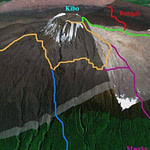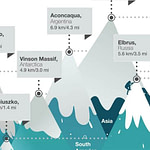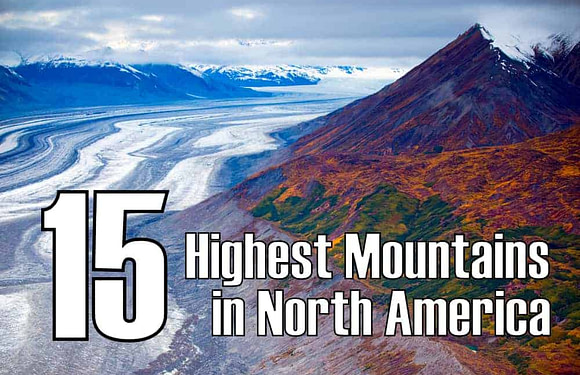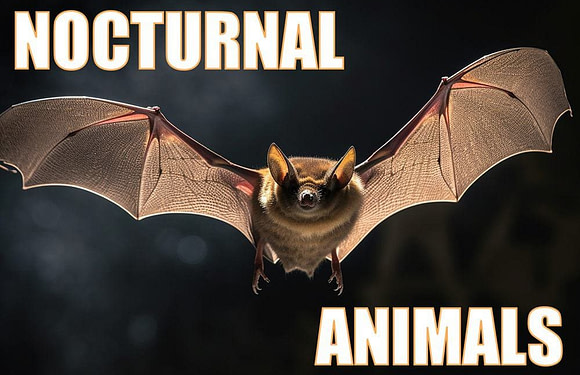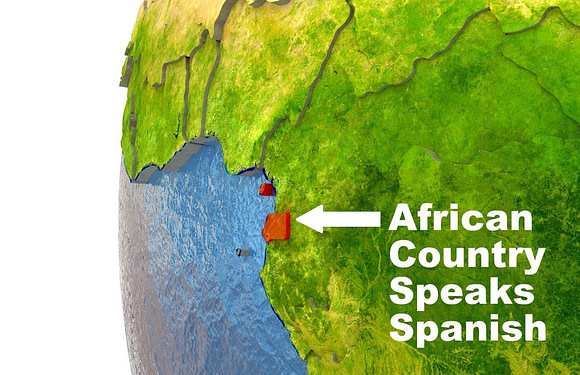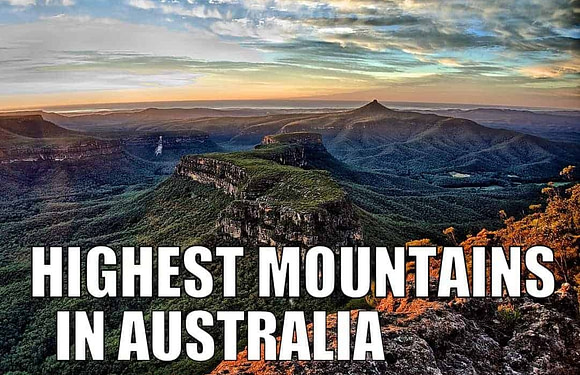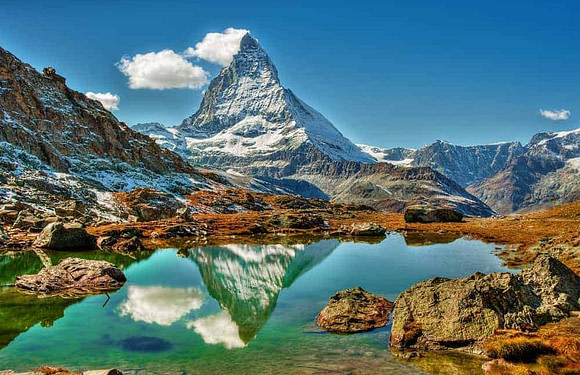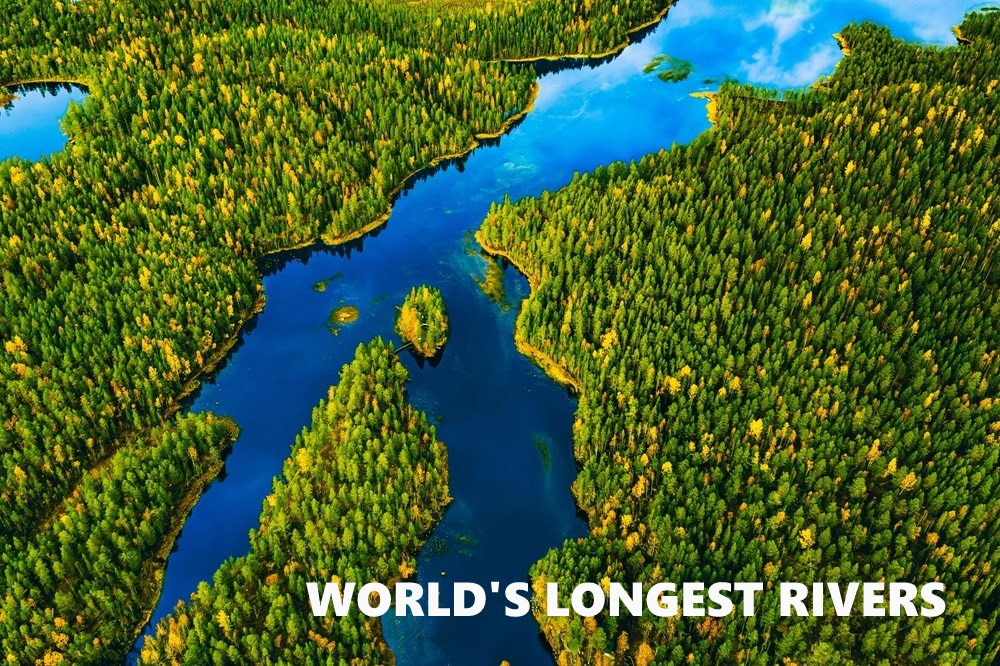
Rivers are the great movers of the natural world. They cut through mountains, carve valleys, and carry life across entire continents. Wherever a river flows, people, animals, and plants gather. Civilizations have risen and thrived on their banks, relying on them for food, water, and transport.
The scientific definition of a river is: A natural stream of water, usually of considerable volume, flowing in a defined channel toward an ocean, lake, or another river.
Unlike lakes, which are enclosed bodies of standing water, rivers are constantly moving. Their flow can shift course over centuries due to erosion, floods, or tectonic movement. They are dynamic systems that connect mountains to seas, people to resources, and wildlife to habitats.
Below are the ten longest rivers in the world, ranked by total length.
Longest Rivers in the World
| Rank | River | Location | Length (miles) | Length (kilometers) |
|---|---|---|---|---|
| 1 | Nile River | Africa (11 countries, including Egypt, Sudan, Uganda) | 4,130 | 6,650 |
| 2 | Amazon River | South America (Brazil, Peru, Colombia) | 3,980 | 6,400 |
| 3 | Yangtze River | China (Tibetan Plateau to East China Sea) | 3,917 | 6,300 |
| 4 | Mississippi–Missouri River System | United States & Canada (Rocky Mountains to Gulf of Mexico) | 3,896 | 6,270 |
| 5 | Yenisei River | Mongolia & Russia (Sayan Mountains to Arctic Ocean) | 3,445 | 5,550 |
| 6 | Yellow River | China (Qinghai Province to Bohai Sea) | 3,395 | 5,464 |
| 7 | Ob–Irtysh River System | Russia, Kazakhstan, China (to Arctic Ocean) | 3,364 | 5,410 |
| 8 | Río de la Plata–Paraná River System | Brazil, Paraguay, Argentina, Uruguay (to Atlantic Ocean) | 3,030 | 4,880 |
| 9 | Congo River | Central Africa (DRC, Congo, Equator crossings) | 2,922 | 4,700 |
| 10 | Amur River | Russia & China (to Sea of Okhotsk) | 2,824 | 4,444 |
The World’s 10 Longest Rivers
1. Nile River – 4,130 miles (6,650 km)
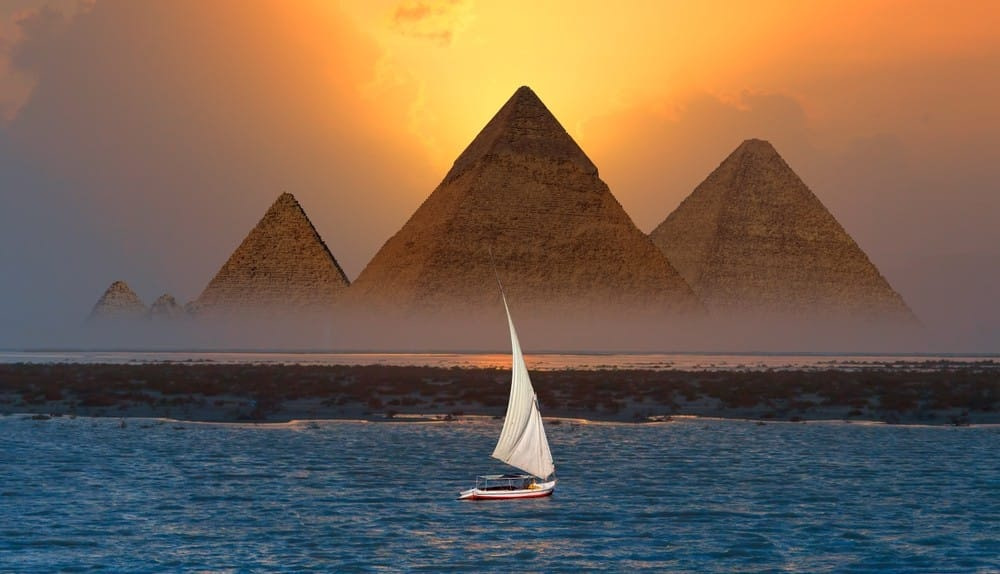
The Nile is the longest river in the world. It flows northward through 11 countries, including Uganda, Sudan, South Sudan, and Egypt, before reaching the Mediterranean Sea. Its two main tributaries, the White Nile and Blue Nile, converge in Sudan, forming the main stream.
The river has been essential to civilization for thousands of years. Ancient Egypt thrived along its fertile floodplains, where annual floods deposited nutrient-rich silt that supported crops. The Nile allowed transport, irrigation, and cultural exchange, making it central to the rise of one of history’s greatest civilizations.
Today, more than 250 million people live within the Nile Basin. Its waters irrigate farmland, supply drinking water, and generate power. Yet disputes over water use remain, particularly with large dams such as Ethiopia’s Grand Renaissance Dam. The Nile is also home to wildlife, including hippopotamuses, crocodiles, and countless fish species. It remains the lifeline of northeastern Africa.
2. Amazon River – 3,980 miles (6,400 km)
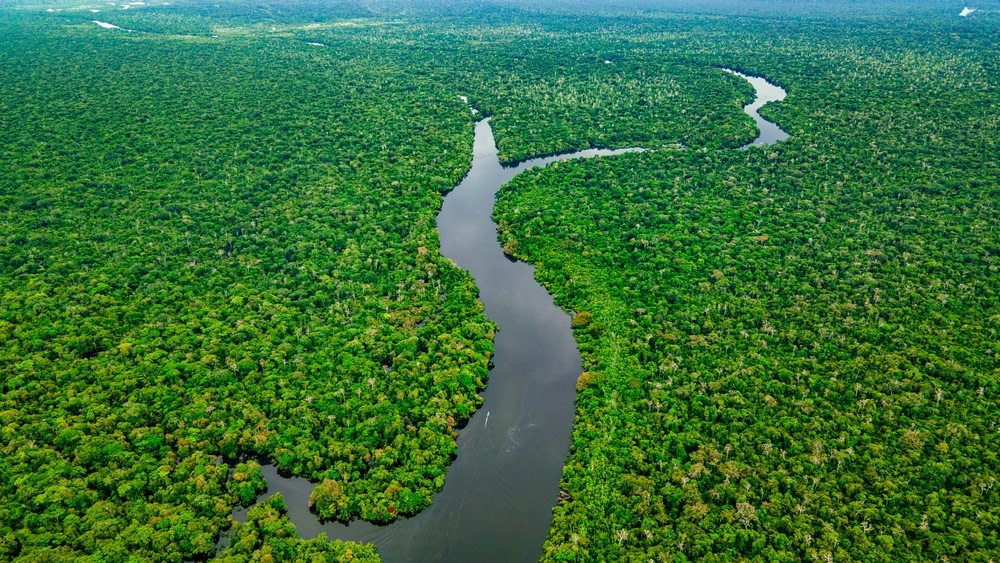
The Amazon is the largest river in the world by discharge, carrying more water than the next seven rivers combined. While slightly shorter than the Nile, some surveys list it as longer depending on the measurement of tributaries.
It flows mainly through Brazil, Peru, and Colombia before reaching the Atlantic Ocean. The Amazon Basin covers an area larger than the entire continental United States. Its rainforest, often called the “lungs of the Earth,” generates a significant portion of the world’s oxygen and recycles vast amounts of water into the atmosphere.
The river itself is immensely biodiverse. It supports more than 2,000 fish species, pink dolphins, manatees, anacondas, and piranhas. Roughly one-third of all known species on Earth live in the Amazon Basin. Indigenous peoples have depended on it for food, transport, and culture for thousands of years. The Amazon is one of Earth’s most vital ecosystems.
3. Yangtze River – 3,917 miles (6,300 km)
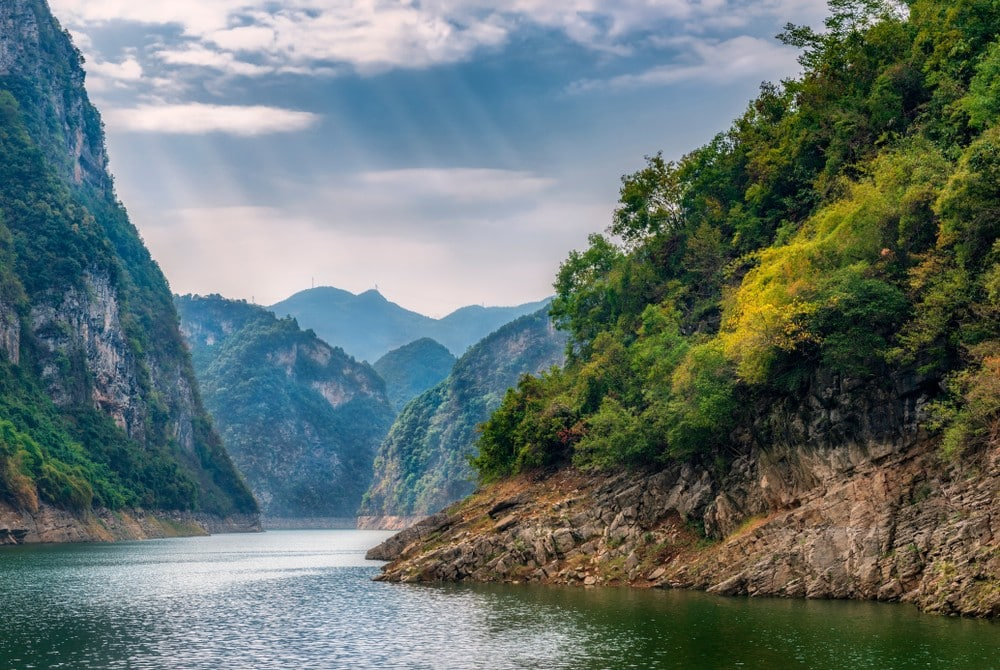
The Yangtze is Asia’s longest river and the third longest in the world. It flows entirely within China, from the glaciers of the Tibetan Plateau across the nation to the East China Sea near Shanghai.
The Yangtze supports nearly one-third of China’s population. It provides water for drinking, farming, and industry. The river has been used for centuries as a transport route, and its fertile floodplain has been one of the most productive agricultural regions in Asia. It also serves as a cultural dividing line between northern and southern China.
Modern development along the Yangtze is extensive. The Three Gorges Dam, built in the early 21st century, is the largest hydroelectric power station in the world. The river, however, faces environmental pressures such as pollution, overfishing, and damming. Wildlife such as the Chinese sturgeon and finless porpoise still depend on its waters, though many species are threatened.
4. Mississippi–Missouri River System – 3,896 miles (6,270 km)
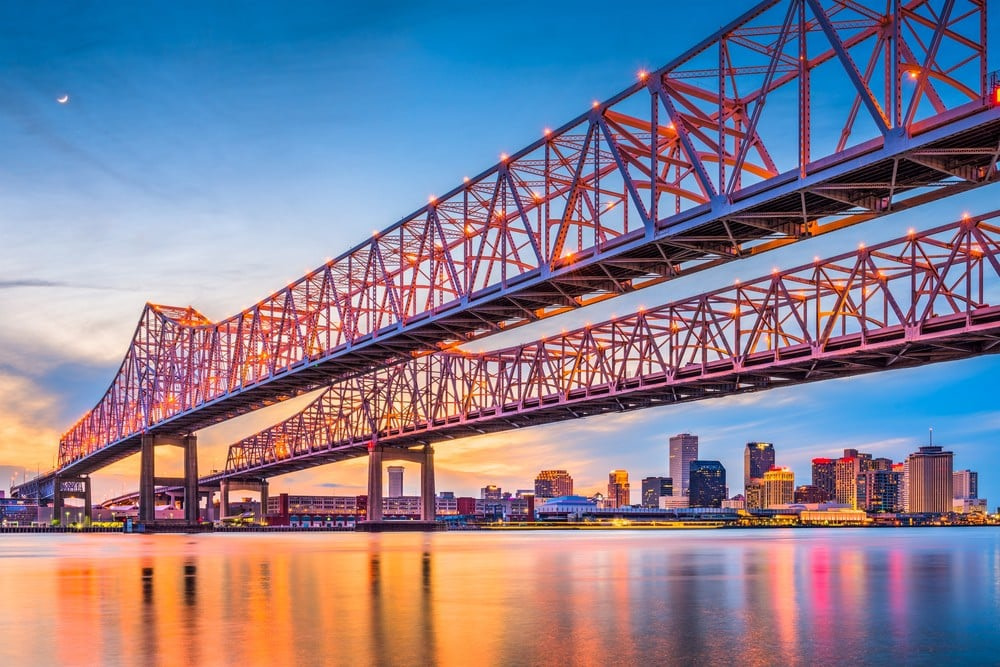
The Mississippi–Missouri system is the longest river system in North America. The Missouri begins in the Rocky Mountains of Montana and flows east until it meets the Mississippi at St. Louis. From there, the Mississippi continues south to the Gulf of Mexico.
The combined system drains over 40% of the continental United States. It has shaped the country’s economy, history, and settlement patterns. Native American cultures thrived along its banks long before European exploration. Later, cities such as Minneapolis, St. Louis, Memphis, and New Orleans developed as major trade hubs.
The river system remains vital for shipping, carrying hundreds of millions of tons of goods annually. Its floodplains support agriculture, and its waters provide irrigation and drinking water. The Mississippi Delta is an ecological treasure, with swamps, marshes, and estuaries that support migratory birds, alligators, turtles, and countless fish.
5. Yenisei River – 3,445 miles (5,550 km)
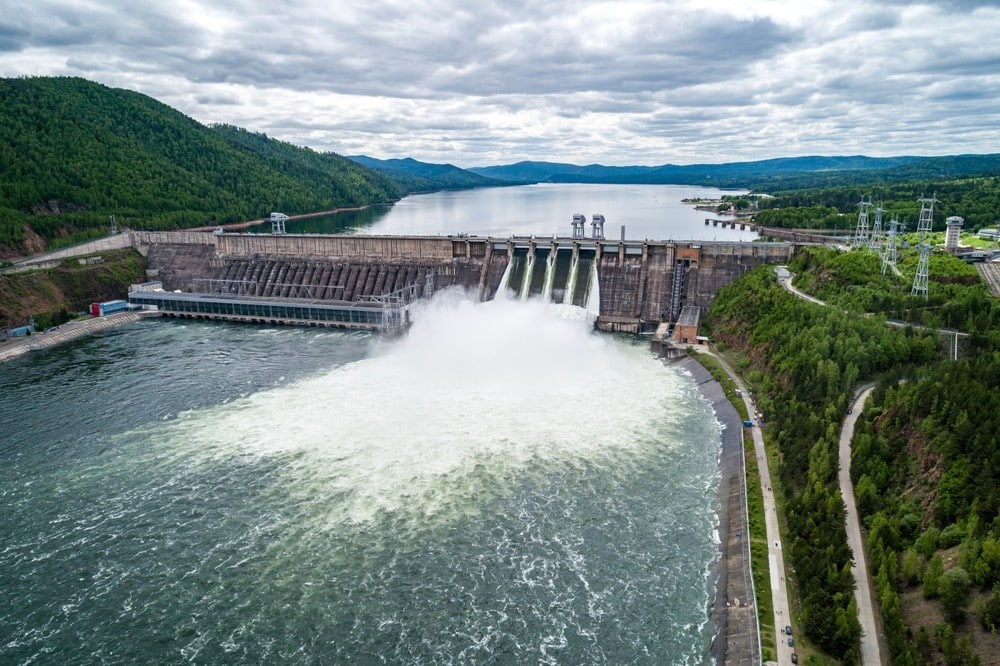
The Yenisei flows north from Mongolia through Siberia to the Arctic Ocean. It is one of the largest rivers in the world by volume and the primary river draining central Siberia.
The river’s headwaters begin in the Sayan Mountains, and its tributaries include the Angara, which flows out of Lake Baikal, the world’s deepest and oldest lake. The Yenisei passes through Krasnoyarsk, a major Siberian city, where it is harnessed by massive hydroelectric dams.
The Yenisei supports diverse wildlife, including Siberian sturgeon, grayling, and migratory reindeer. The basin is also home to brown bears, lynx, and snow leopards in the surrounding mountains. The Yenisei remains one of Russia’s most important waterways for energy, transport, and ecology. However, the river has been affected by industrial pollution and past radioactive waste from Soviet-era facilities.
6. Yellow River – 3,395 miles (5,464 km)
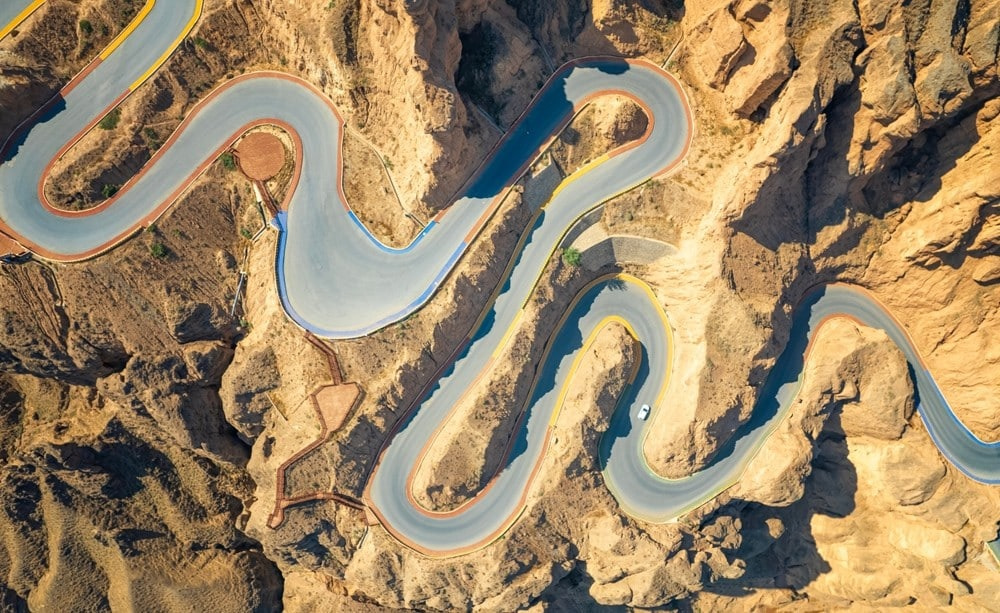
The Yellow River, or Huang He, is the second longest river in China. It originates in the Bayan Har Mountains of Qinghai Province and flows east through nine provinces before reaching the Bohai Sea.
Known as the “cradle of Chinese civilization,” the Yellow River supported early dynasties and agricultural societies. Its fertile plains allowed large-scale farming and population growth. However, the river has also earned the name “China’s sorrow” due to catastrophic floods that killed millions throughout history and repeatedly changed its course.
Today, the river is used heavily for irrigation, drinking water, and industry. It is harnessed by large dams and reservoirs, though this has reduced its flow and contributed to ecological decline. The Yellow River Basin is still home to hundreds of millions of people and remains central to China’s economy. Its waters support fish, birds, and crops, though conservation is now a priority.
7. Ob–Irtysh River System – 3,364 miles (5,410 km)
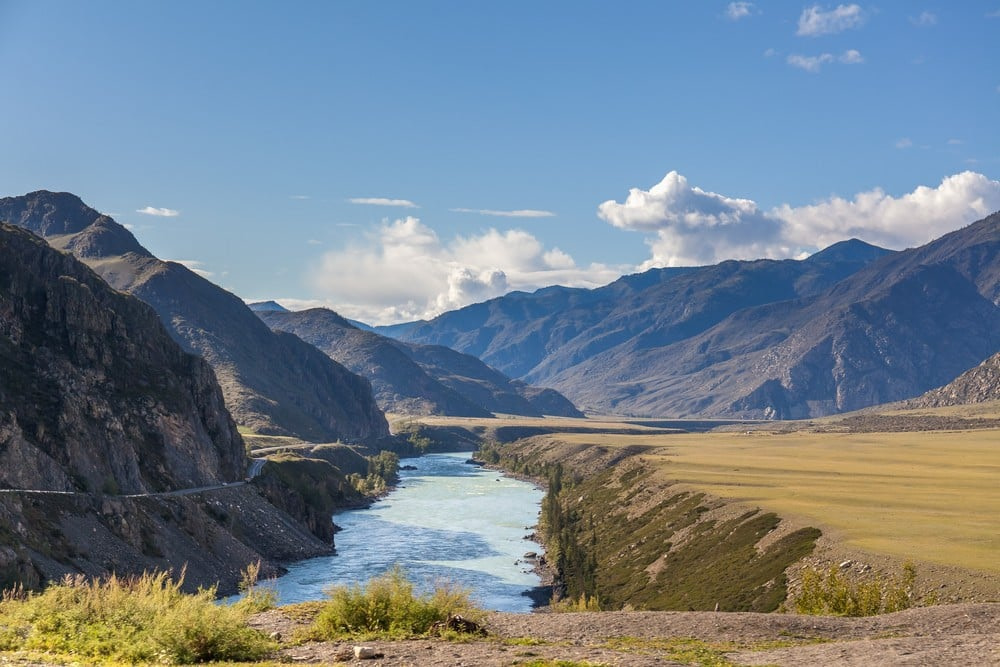
The Ob and Irtysh rivers form one of the great river systems of Asia. Together they flow through Russia, Kazakhstan, and China before draining into the Arctic Ocean.
The Ob passes through Novosibirsk, Russia’s third largest city, where it is crossed by the Trans-Siberian Railway. Hydroelectric dams such as the Novosibirskaya GES provide power to Siberia. The river is used for irrigation, drinking water, and transport across vast areas of western Siberia.
The basin supports more than 50 species of fish, making it important for commercial and subsistence fishing. Surrounding wetlands and forests are habitats for moose, bears, and migratory birds. Seasonal ice cover shapes the river’s flow, with spring floods replenishing fertile plains.
8. Río de la Plata–Paraná River System – 3,030 miles (4,880 km)
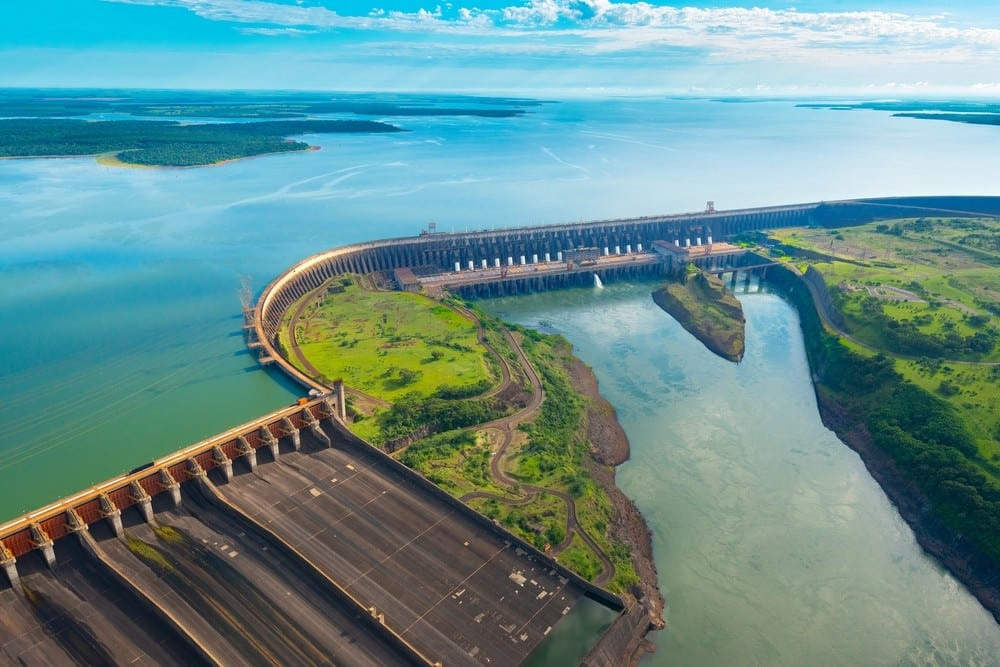
The Río de la Plata system is the widest river in the world. It forms from the Paraná and Uruguay rivers and flows through Brazil, Paraguay, Argentina, and Uruguay before reaching the Atlantic Ocean.
The Paraná River is South America’s second longest, running through the heart of the continent. When combined with the Río de la Plata estuary, the system stretches nearly 3,000 miles. Its mouth is so wide it resembles a bay more than a river delta.
The system is home to major capitals, including Buenos Aires and Montevideo. It supports agriculture, hydroelectric power, and industry. Its waters are habitats for dolphins, sea turtles, and diverse fish populations. The river basin provides food, water, and energy for tens of millions of people. It is one of South America’s most important commercial waterways.
9. Congo River – 2,922 miles (4,700 km)
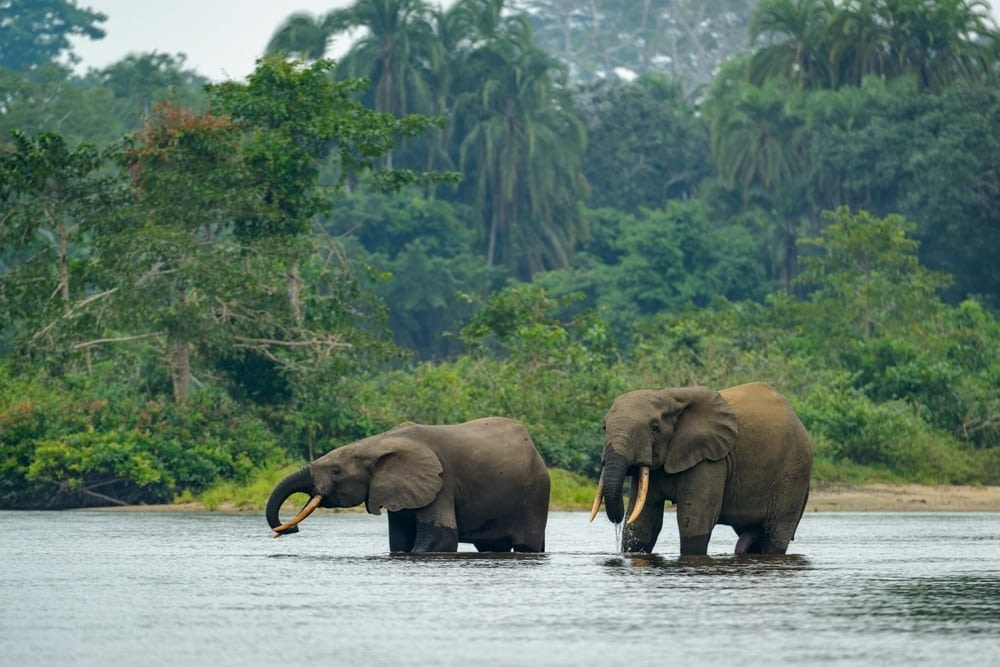
The Congo is the second longest river in Africa and the deepest river in the world, plunging to depths of over 720 feet (220 meters). It crosses the equator twice and drains into the Atlantic Ocean.
The Congo River Basin is one of the richest ecological regions on Earth. It supports lowland gorillas, forest elephants, and hundreds of fish species. More than 75 million people depend on the river for transport, fishing, and farming.
The river’s immense flow also makes it a major source of hydropower. The Inga Dams, built on its lower section, are among the largest hydropower projects in Africa. Future expansions could potentially supply electricity across much of the continent. Despite its potential, political instability and infrastructure challenges limit its use.
10. Amur River – 2,824 miles (4,444 km)
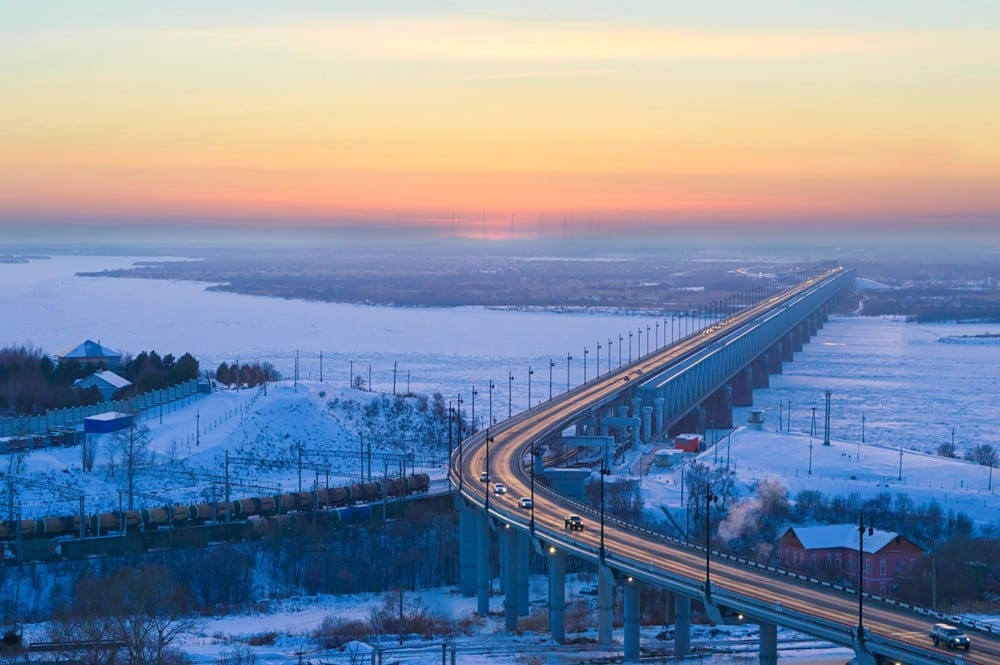
The Amur flows along the border between Russia and northeastern China, forming a natural frontier for much of its length. It empties into the Sea of Okhotsk in the Pacific Ocean.
The river supports unique wildlife, including the endangered Amur leopard and Amur tiger. It is also home to the kaluga sturgeon, one of the largest freshwater fish in the world, which can grow more than 18 feet (5.5 meters) long. The basin contains diverse forests, wetlands, and grasslands.
The Amur has long been a cultural and political boundary between Russia and China. It remains important for fishing, irrigation, and transport. Hydroelectric projects on its tributaries supply energy to the region. The river also plays a role in international cooperation, as both nations manage shared water resources and ecosystems.
Why Rivers Matter

Every great river tells a story. They feed fields, power cities, and carry people and goods across continents. They are home to many animals. They give life to forests and floodplains, and in turn, to us.
But these lifelines are under pressure. Dams break their flow, pollution poisons their waters, and climate change alters their seasons. Many rivers that once ran freely to the sea are now fragmented. A 2019 WWF study found that two-thirds of the world’s long rivers are no longer connected from source to mouth, interrupted by man-made barriers. By cutting them into segments instead of single, free-flowing systems, ecosystems are impacted.
Protecting rivers is not just about saving fish or wetlands. It’s about securing the water we drink, the food we grow, and the cultures that have always lived beside them. If we look after our rivers, they will keep looking after us.























